The World’s Most Factual Zelda Dungeon Ranking Ever
Upon its release, Ocarina of Time fundamentally changed gaming, establishing 3D action-adventures as king in the video game world. Since then, Zelda remained one of the most popular, recognizable IPs in any medium. Link saved Termina in Majora’s Mask, sailed the Great Sea in The Wind Waker, united two worlds in Twilight Princess, and established a legacy in Skyward Sword. His main methodology through this process is rooted in dungeon crawling for small keys.
Across all three, horribly confusing timelines, 3D Link bested 36 dungeons, collecting a grand total of 94 small keys for his effort. How did I arrive at that number? Simple, I found them all (by pressing Control-F on a bunch of IGN walkthroughs). But why though? The Zelda franchise holds a very dear spot in my heart for so many reasons: the music, the stories, the sense of awe and scale, the bosses, the atmosphere, the worlds and the nostalgia, to name only a few. Ranking the 3D dungeons would be an impossible feat. My rationale would change every day and the list would be offensively personal. But this silly concept—ranking solely on the number of small keys—is a stupid, completely objective metric to definitively rank every 3D dungeon.
The Punished Backlog is no stranger to subjective lists, or controversial subjects. If you’re looking for a more traditional “Top Ten” list, we ranked every character in Breath of the Wild (it’s really a Top 231 list). As fun as it was to write, it is statistically impossible that our rankings would be the same. Following every small key takes all personal bias out of the equation, leaving the most factual Zelda ranking article ever.
As one last, final aside: Breath of the Wild will be absent from this list. I understand the Divine Beasts take the form of dungeons, but I would have felt compelled to include the shrines as well. That would bog down the list with about 120 redundant entries, watering down the proper dungeons. As mentioned above, I’m no stranger to absurdly long lists. The shrines will get their dues sooner or later.
With that out of the way, let’s get started.
Tied for 31st Place — Zero Small Key Dungeons
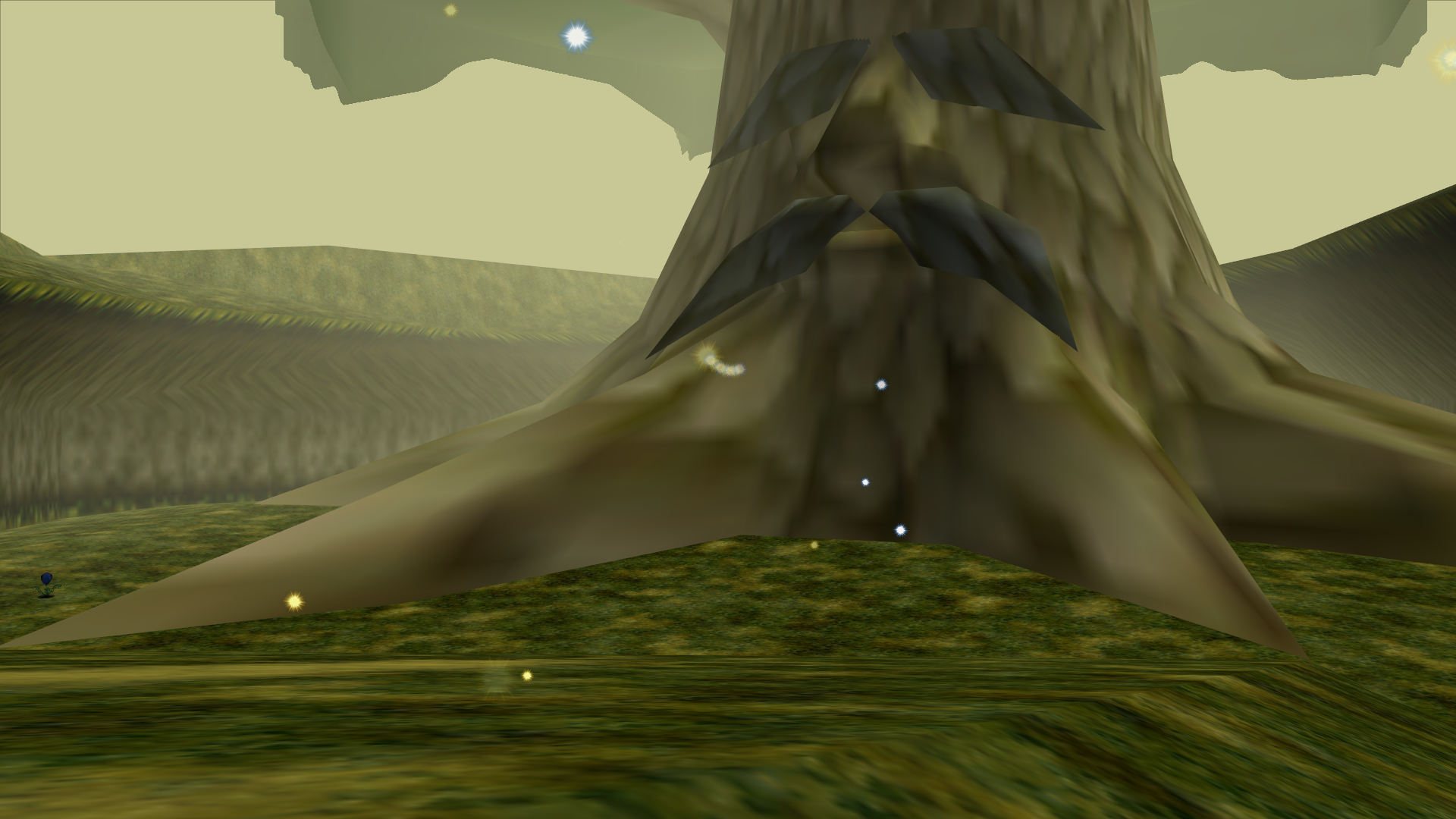
Inside the Deku Tree (OoT), Dodongo’s Cavern (OoT), Inside Jabu-Jabu’s Belly (OoT), Earth Temple (SS), Ganon’s Castle (TWW)
I’m learning, in real time, that not all dungeons had small keys. You’ll notice all three of Ocarina’s child-Link dungeons fall in this category, a curious introduction to the world of 3D Zelda. The Deku Tree starts us off learning the basics of multi-floored dungeons; Link goes up, goes down, and burns through a whole lot of Skulltula webs. Dodongo’s Cavern features permanently changing the dungeon’s landscape with explosives. Jabu’s Belly revolves around Ruto’s ability to sit on switches.
With Ganon’s Castle representing endgame The Wind Waker, Skyward Sword’s Earth Temple seems like the only figurative odd man out. Placed second in Link’s quest, there’s no good reason for it to skip small keys other than Skyward Sword’s general departures from the classic, Zelda formula.
Arguably, five key fragments scattered around the temple’s immediate vicinity take the place of our traditional key. Still, SS opts to keep Link roaming the overworld, stretching out the interludes between its dungeons—hence the “departure.” I initially found this shift tedious: filler getting in the way of thrilling dungeon design. But that isn’t why this dungeon is so low on our list. It simply has no small keys.
Tied for 24th Place — One Key Dungeons
Ganon’s Castle (OoT), Woodfall Temple (MM), Great Bay Temple (MM), Forbidden Woods (TWW), Lanayru Mining Facility (SS), Sky Keep (SS), City in the Sky (TP)
Sitting at a lone small key, we find half of Majora’s Mask’s dungeons, a few more Skyward Sword entries, and our first of many Twilight Princess dungeons. An uncorroborated narrative I may be making up says TP vastly upped the number of dungeons after The Wind Waker’s relative few. It’s undeniable that the tone took a more serious, commercially acceptable route in the aftermath of the Toon Link controversy, so assuming Nintendo boosted the dungeon count to appease fans is far from a stretch. But here we have the game-proper’s final dungeon. Link assembles the Mirror of Twilight and the game enters its final act. So in a way, we begin this article with the end of Twilight Princess.
There isn’t much to say otherwise. I always hated the Forbidden Woods growing up. But, again, personal grudges against those weird, flower-locks cannot factor into its placement. It can explain why there’s only a single traditionally locked door in the area, though.
Tied for 19th Place — Two Key Dungeons

Tower of the Gods (TWW), Wind Temple (TWW), Skyview Temple (SS), Ancient Cistern (SS), The Sandship (SS)
Sitting at 19th place, we have two of Skyward Sword’s most innovative dungeons: the Ancient Cistern and the temporally challenged Sandship. The former represents a heaven-hell, ying-yang dichotomy and an incredible boss fight. The latter has you beating up Cecillia from Monster’s Inc. in one of the franchise’s most uninspired battles. Getting to that point requires genuinely challenging shifts in time and a good set-piece mini-boss. All is forgiven.
The Wind Waker’s two entries are both significant dungeons of note as well. The Tower of the Gods is the culmination of the game’s “Act One,” leading into some heavy, narrative gravity as Link unknowingly restores Ganondorf’s strength, and thus his threat to the Great Sea.
The story turns from “Save Your Sister” to “Save the World.” Again, far more weight. The Wind Temple couples up with the Earth Temple (more on that later), serving as the pre-endgame resolution to Link’s journey, completing his transformation into the Hero of Legend. It also has the best boss music in the franchise.
Tied for 11th Place — Three Key Dungeons
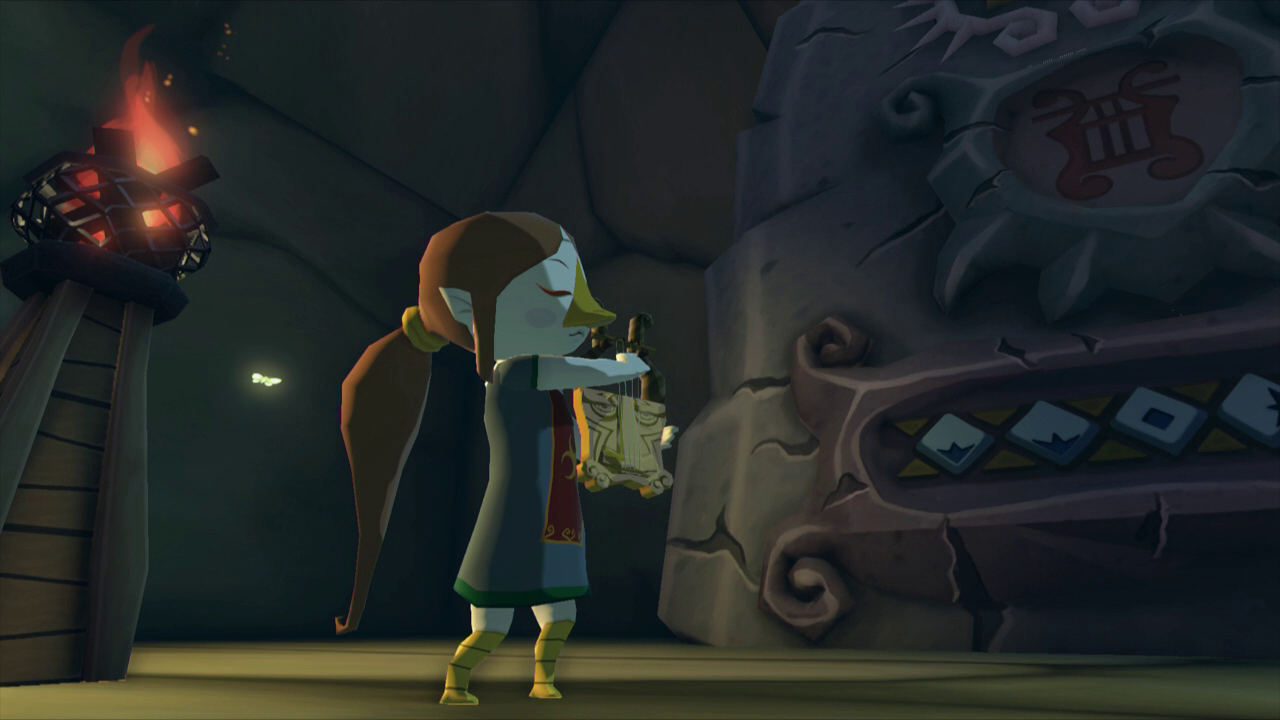
Snowhead Temple (MM), Dragon Roost Cavern (TWW), Earth Temple (TWW), Fire Sanctuary (SS), Goron Mines (TP), Lakebed Temple (TP), Temple of Time (TP), Hyrule Castle (TP)
Statistically, three keys appears to be the sweet spot for Zelda dungeons. At eight candidates, we have the most entries per key-count, a completely bizarre unit of measurement that will never see use again. Snowhead rising so high on the list surprises me. I remember it contained itself largely to a single, rising chamber. While that’s still true, Link apparently stumbles onto three small keys as he rises to Goht’s literal level—a truly fantastic boss fight.
We also have the entirety of Medli’s stint in The Wind Waker contained in both Dragon Roost and the Earth Temple. I implicitly mentioned the Molgera theme when talking about the Wind Temple above; I should also mention the Earth Temple has one of my favorite dungeon themes as well. I’m a sucker for The Wind Waker (partly why I can’t have this list turn subjective) and these two dungeons musically defend my obsession.
https://www.youtube.com/watch?v=ID5HhI2ox_8
As great as the music may be, Twilight Princess’s Hyrule Castle is infinitely more interesting. Ganon(dorf) usually co-opts the Hyrule throne, so this dungeon is arguably nothing new. Unlike Ocarina of Time (to name one), this iteration of a final dungeon feels like it truly needs saving. It isn’t the wreckage of a Hyrule long past—as such it feels more dire, more urgent that Link work his way to the throne room. That coupled with Twilight Princess’s generally foreboding atmosphere and you have a great dungeon. A great dungeon with three small keys, the only reason it sits tied for 11th on this list.
Tied for 8th Place — Four Key Dungeons
Stone Tower Temple (MM), Forest Temple (TP), Snowpeak Ruins (TP)
Four keys for four masks. Stone Tower Temple is an undeniable fan favorite. Its theme consistently ranks as one of Zelda’s greatest songs. Fans and critics alike cite the song’s brilliant interplay between grave hum and hopeful flute—very fitting for such a late-game stage in such a depressing title. That’s to say nothing of the actual dungeon, though. It brilliantly incorporates every past lesson learned in the game—every acquired item and every transformation mask—creating an exceptional challenge.
Personally, I am a big fan of Snowpeak. It isn’t some Ganon-destroyed cave or tree. It’s just some friendly, dopey dude’s house. Link is sent in circles to find stew ingredients, all for the purpose of making a progressively stronger healing potion in the level’s central hub, an undeniably innovative way to change the pace of play. Yet, something feels off, almost desolate or menacing. The second Twilight Mirror fragment’s evil seeps into all. A point that’s more than proven in this dungeon’s final boss.
Tied for 4th Place — Five Key Dungeons
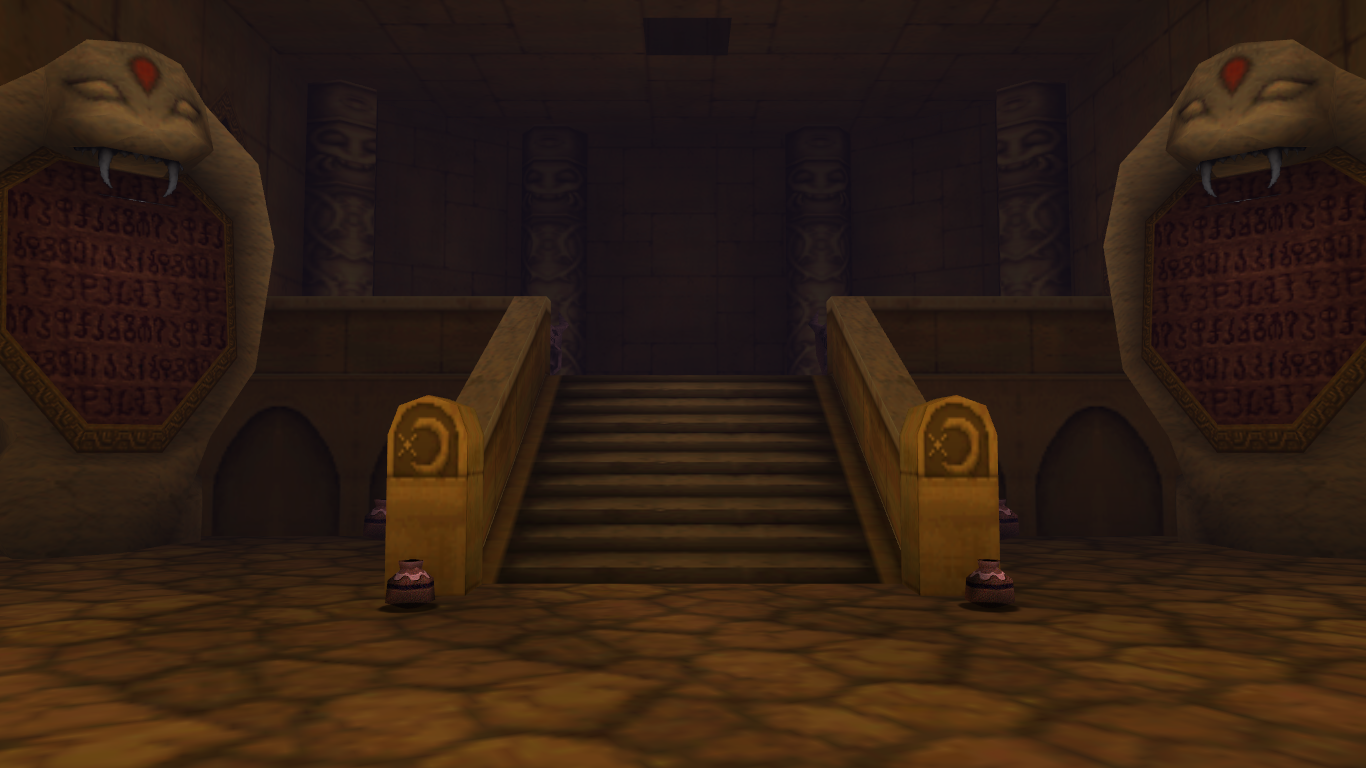
Forest Temple (OoT), Shadow Temple (OoT), Spirit Temple (OoT), Arbiter’s Grounds (TP)
Despite me being removed of all personal bias, four very strong dungeons find themselves tied for fourth. Despite having little overworld implementation, Twilight Princess’s Spinner is an exceptionally fun item. No gamer ever thought they’d want “on rails” sections in Zelda, but Arbiter’s Grounds offers compelling gameplay in the Spinner moments—that, and a tremendous boss fight. Funny enough, this dungeon tasks Wolf Link with hunting down four Poes to progress, leading to an obvious segue—let’s talk Ocarina’s Forest Temple.
Arbiter’s Grounds does it well, but Forest Temple does it best. In truth, Forest Temple does everything best. I’d be far from the first to say this serves as a hard, cold awakening to the gravity of Ganondorf’s destruction. Life as a child is over; Link no longer runs through fish-gods with friends. It takes very little time for the level’s haunting melody to beat any optimism out of players. The game has finally started.
As haunting as this temple may be, we immediately see the Spirit and Shadow temples enter the list. One features a recreation of the River Styx; the other bares one of Zelda’s most notorious boss fights. Actually, scratch that, they both do. Both Bongo Bongo and Twinrova deserve a spot in the fandom’s highest esteem. Weird, it’s almost like Ocarina of Time is objectively one of the greatest video games ever made.
Luckily for the sake of our list, the top three all stand alone in their respective places.
3rd Place with Six Keys — Water Temple (OoT)
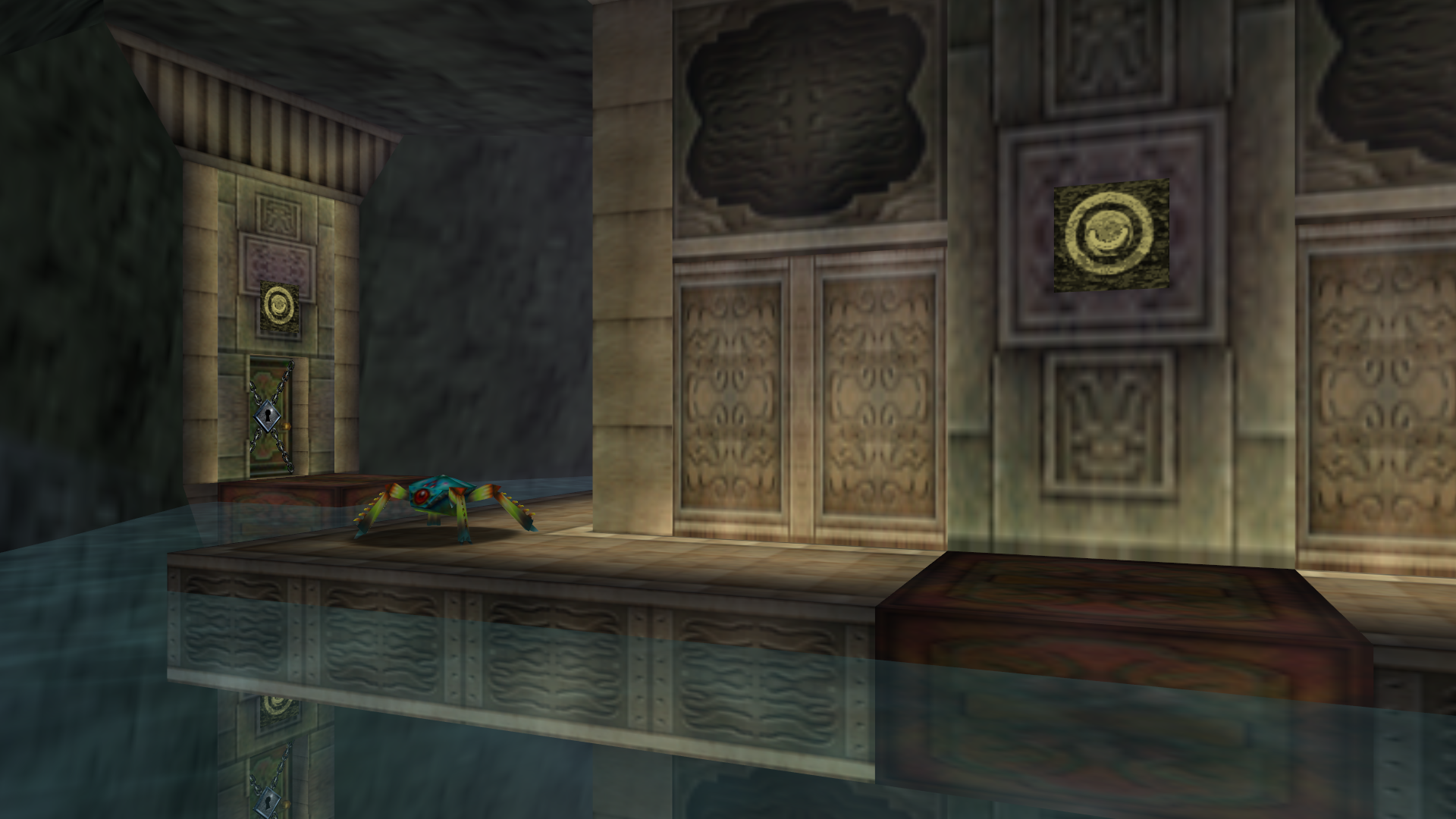
Coming hot off the heels of OoT’s finest dungeons is its most contentious. Standing securely in third, the Water Temple’s six small keys only add to the confusion and length of this notorious level. Nintendo is oddly fond of dynamic water physics puzzles. Keeping within the Zelda canon, Lakebed Temple uses a series of progressively bizarre water slides to power rotating platforms. Keeping in stylistic and temporal proximity to OoT’s Water Temple is Mario 64’s Wet-Dry World. Switches change the water’s height, restricting or enabling certain platforming abilities.
This is an easy dungeon to get lost in, to say the least. Attempting to balance six small keys does little to help.
2nd Place with Seven Keys — Palace of Twilight (TP)
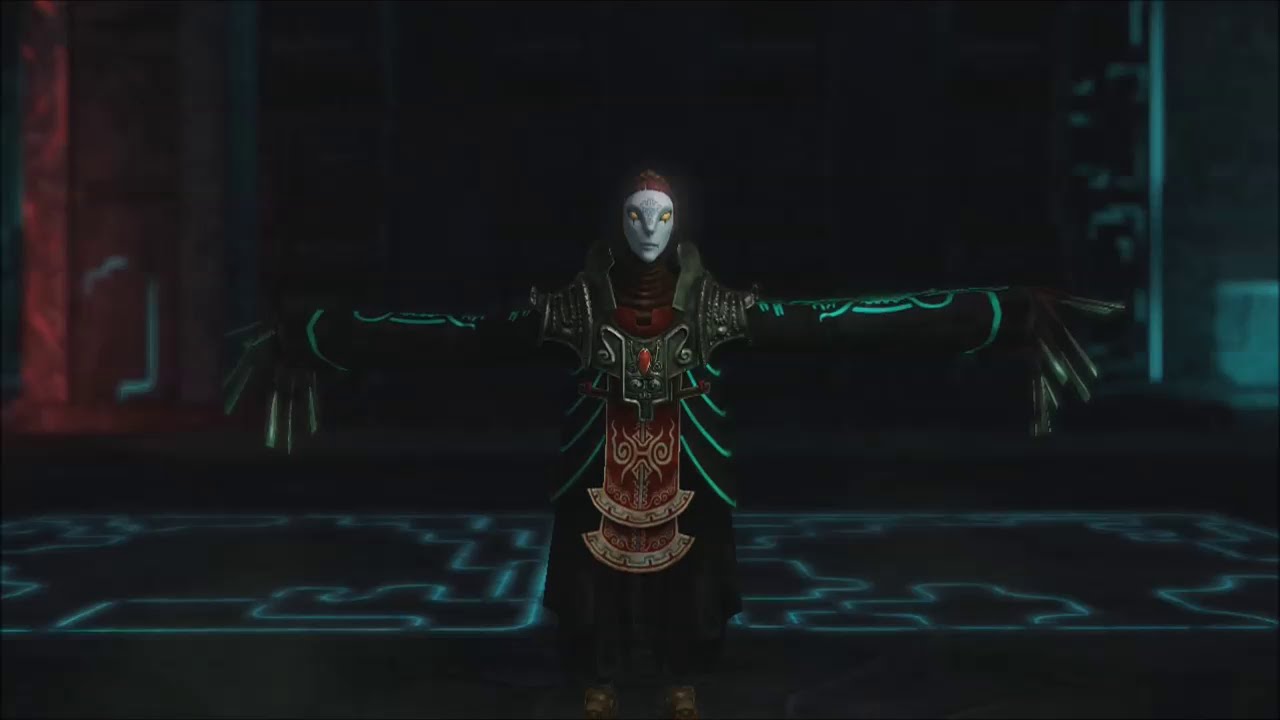
The Palace of Twilight is the start of the end for both our list and Twilight Princess as a whole. It’s a bittersweet end, though. We see the rapid devolution of an otherwise compelling antagonist. Zant quickly turns from the man who won Zelda’s unconditional surrender to a child, throwing a tantrum with the power bestowed to him by Ganondorf. That said, what a tantrum it is. Zant takes us (physically and figuratively) through every boss fight up until this point. This happens on occasion. The Wind Waker’s endgame boasts four reprise fights at its close. Remember Ganon’s Tower with a grand total of zero small keys? Twilight Princess does this better, though. You aren’t simply fighting another Blizzeta; you fight a five-story-tall Zant. It’s always him taking the form of these afore-fought enemies.
Aesthetically, the Palace of Twilight suffers from the same blurry, twilight-pixels that plague the rest of the game’s twilight sections. Tonally, there is a sense of resolution in purging Zant’s curse from the Twilight Kingdom. It resolves an important storyline while saving the real endgame for later. A fine dungeon by any metric. By small keys, second place.
1st Place With Eight Keys — Fire Temple (OoT)
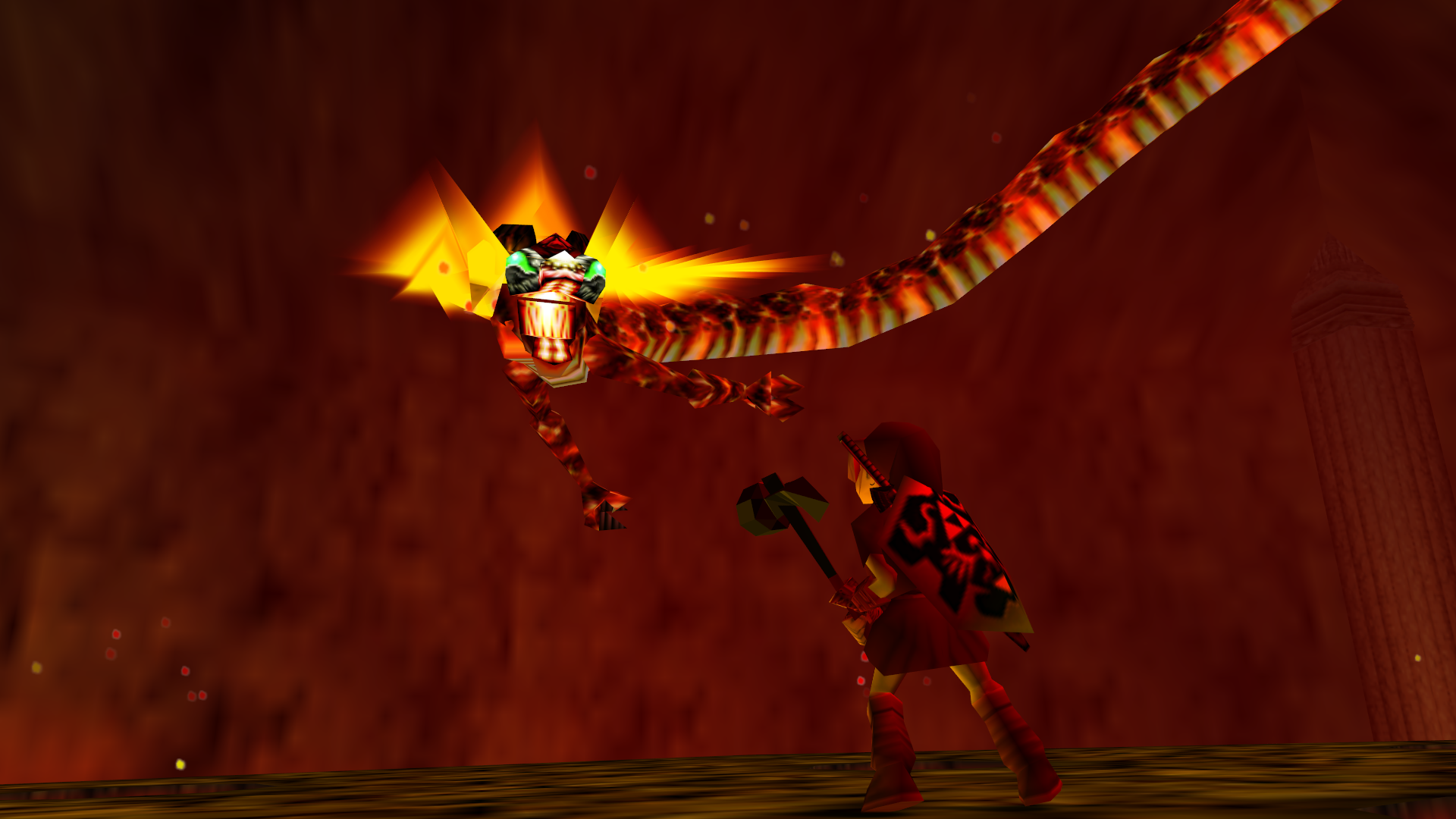
For those of us playing along at home, the Fire Temple may have been a complete surprise. Read back to my zero keys entry and I made a very similar statement about Skyward’s Earth Temple. There isn’t really a good reason (on the surface) that this dungeon should have an exorbitantly high number of keys. The Water Temple is a mess; fine, give it six. The Palace of Twilight is a test of endurance at the end of a relatively long game; okay, seven isn’t too unreasonable. But here—at Adult Link’s second trial—we find all that and literally one more.
For younger gamers who may not know the Fire Temple, we have yet another, comparable Twilight Princess rehash in the form of the Goron Mines. It’s hot and Link must fine several, important Goron figures within its depths. Link must find more than three in this trek, and each grants a small key. There’s the rub. But the artificial boost in numbers is far from the dungeon’s most interesting trait. Let’s chat about music.
https://www.youtube.com/watch?v=z5hpbYg22yA
Ocarina of Time initially released in Japan, to no one’s surprise. With a delay coming west, Nintendo was able to patch out certain issues: game-breaking glitches, weird dialogue, and troubling images. I find the latter the most interesting. I embedded the Fire Temple theme you all are most likely familiar with. Fire up your American copy of Ocarina and that’s what you’d hear. Be friends with a speedrunner who has a Japanese cart—like my roommate Jbop—and you’ll hear this.
https://www.youtube.com/watch?v=VwGVb8Ivb9E
It’s a small, trivial difference at best. However, members of the Islamic community noticed the ominous chanting in the background and were less than pleased. As rumor has it, the chant is an Islamic prayer—one that probably shouldn’t be used in a Zelda soundtrack. Read the link and learn that, while it is true, Nintendo cared less about offending particular religious communities and instead fell back on their blanket, “No Religious Iconography” policy.
So the greatest dungeon of all time (using small keys as the only metric) is the Fire Temple. This article sought two things. On the surface, it answered something that could—at best—be described as a passing curiosity. More importantly, we took a deep dive into our many, collective years with Zelda, reminiscing about the highs and lows of some of the series’ most famous trials.
Maybe we can interpret this piece as a satire on the arbitrary nature of top ten lists. Maybe it’s a belated April Fools’ joke. I came up with this idea almost a year ago when I took swings at Breath of the Wild. I said it had a lot of problems for a Zelda game (killer flaws, to be exact); the internet said I was wrong but also right. It’s a confusing place. So I thought up the most comically objective Zelda write-up ever. But like all my jokes, I commit hard.
This isn’t clickbait, but it is ridiculous. At it’s core, all Zelda lists are ridiculous. Here, we have an undeniable ranking (based in numbers) that’s completely devoid of personal bias. If this isn’t for you, I do have a list that may be your speed. I literally found, ranked, and summarized every character in Breath of the Wild. It took three months to compile and produce. It’s a prime example of me taking an outlandish joke way too far.
I write about Zelda every so often. We have a quick guide on everything Granter of Boons related. I do a deep dive into Koji Kondo’s brilliant Zelda scores in our The Best Video Game Soundtracks list. It got lampooned for only featuring Japanese games. Give us some Western suggestions in the comments. If you like my Breath “Killer Flaws” article, I also wrote about the problems with Xenoblade Chronicle’s 2, a game I absolutely adore (with brand new prequel DLC inbound). The last thing I’d like to plug is a short think-piece I produced about the songs that could have made great games better. Things like Nirvana in Infamous: Second Son or (surprise) a certain heavy metal artist in Breath. It’s a lot of fun and a topic I hope to approach more in the future.
PJ's played games for the better part of 16 years. His earliest gaming memory involved going to his neighbor's house to play GTA Vice City way too young. His second was being thoroughly unamused at a demo in Target. It was weird and hard. You had to keep swinging on ropes. That game was The Wind Waker, his favorite game of all time.
He speedruns. He writes about speedrunning.
He plays music. He writes about music.
He Tweets. Find it here: @HashtagPManning



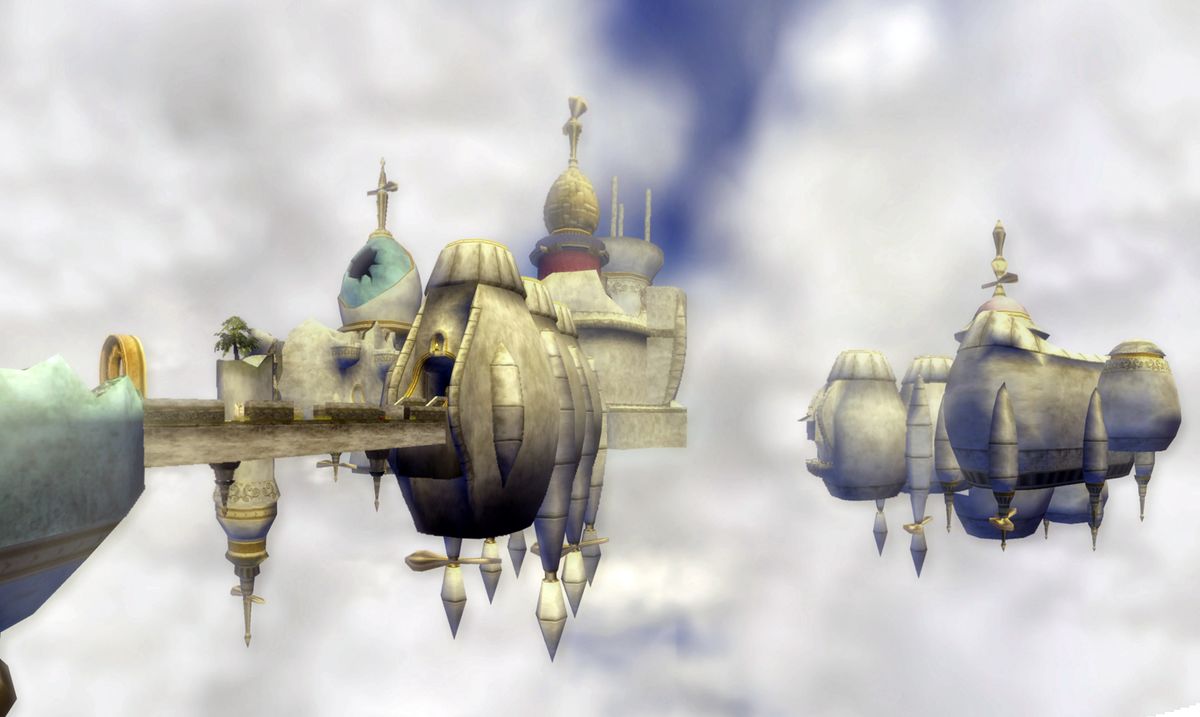








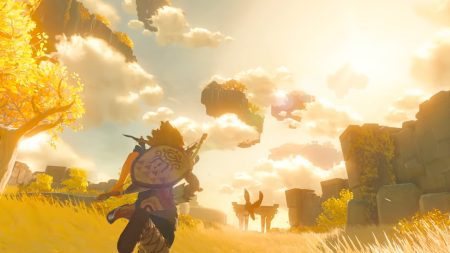

3 Comments
Why was ALTTP absent?
I believe the chanting soundtrack and sun+moon imagery was removed from OoT *without* any complaint from the muslim community. Rather, when producing the 1.2 update of the game, Nintendo discovered that they violated their policies on religious/political representation in games, and removed them without prompting.
OoT Ganon’s castle has two keys.